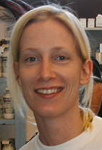    Etymology: Hallstatt is the name of an Austrian village and a nearby archaeological site where extensive human remains, corresponding skeletally to the classic Nordid type, were discovered.
- Götatyp (Lundman; "Gothic type", with reference
to the Swedish region of Götaland)
Relatively unmixed Nordids. For some brief speculation on the topic of Nordid origins, please read the introduction to The Nordish Gallery.
The Hallstatt Nordic is the 'classic' Nordid type, and metrically identical to the original central European Nordid type preserved in Iron Age skeletal material. The typical Hallstatt Nordid is a leptosome - tall and lean, with relatively long legs and a short body, moderately broad shoulders and relatively short arms. The impression is of a long and slender type, and corpulence is particularly rare. Sexual dimorphism is not significant. The face is oval to slightly rhomboid in shape, with a narrow, somewhat sloping forehead - but much less so than is the case with the Keltic type - and browridges which are present but rather weakly developed. The nasion depression is moderate, while the nose, which is typically parallel in slope with the forehead, is mostly straight or slightly convex, with a high incidence of wavy forms. The nasal index is leptorrhine, and there is usually a noticeable transition from the nasal skeleton to the soft parts of the nose. The lower jaw is long and deep with a well-developed chin, and the distance from the lower teeth to the chin is often remarkable. The gonial angles are compressed and usually not visible. The malars are small and typically flattened in front, and the zygomatic arches bend outward to some extent. The mouth is small, and the lips rather thin. The cephalic index mean of the modern Hallstatt Nordid is low mesocephalic (C.I. ca. 77), although dolichocephaly is not uncommon among individuals. The head, when seen from above, looks like a long oval, somewhat flattened on both sides. When seen from behind, the impression is of a rhomboid or rectangle. The occiput is curved or projecting, and flattening is rare or nonexistent. The skin, which is a pinkish white, is typically fine-textured and thin. This thinness has the effect of pronouncing the bony parts of the face and making the muscles of the body stand out in relief. The bones of the Hallstatt Nordid, and of the Nordid group as a whole, are small in comparison to the Cro-Magnid varieties. The hair color of the Hallstatt Nordid is characteristically and almost exclusively blond, with ash-blond shades in one-third to one-half of the cases, the remainder having golden blond to medium brown shades. Rufosity is virtually absent. There is a small brunet minority that is anthropologically Nordid, but aberrant pigmentation does not necessarily indicate non-Nordid admixture. The Nordid eye is typically light-mixed blue, with a large pure light-eyed minority. Here also there is a small dark-pigmented minority.
Examples from The Races of Europe (Carleton S. Coon 1939): 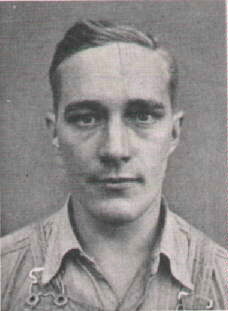
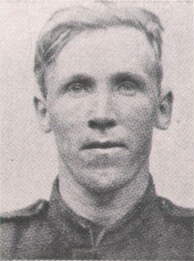
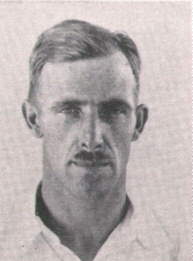 (Finland) (Drangedal, (Ipswich, England) Norway)
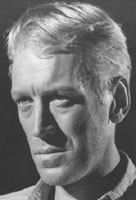
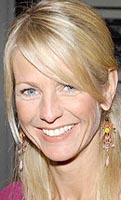 
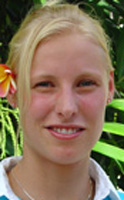 Max von Sydow Ulrika Jonsson Rintje Ritsma Annett Wichmann (Sweden) (Sweden) (The Netherlands) (Germany)
The Hallstatt Nordid type is found in its greatest concentration on the southern Swedish plain and in the adjacent long valleys and lowlands of southeastern Norway. Outside of this kernel, which Carleton Coon described as "a refuge of the classic Nordic race", non-Nordid (mostly Cro-Magnoid) admixture increases rapidly, and no true predominantly Hallstatt Nordid population may be found. The type has blended with broader-featured, more robust Cro-Magnids in Denmark, northern Germany and the Be-Ne-Lux countries (Dalo-Falid, Borreby), and is present at lower levels in the British Isles, where the related Keltic type is more common. The type is inseparably tied to the ancient Germanic migrations, and Hallstatt Nordid individuals may be found anywhere where there are traditions of Völkerwanderung settlement.
|

